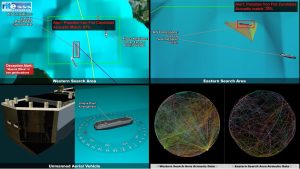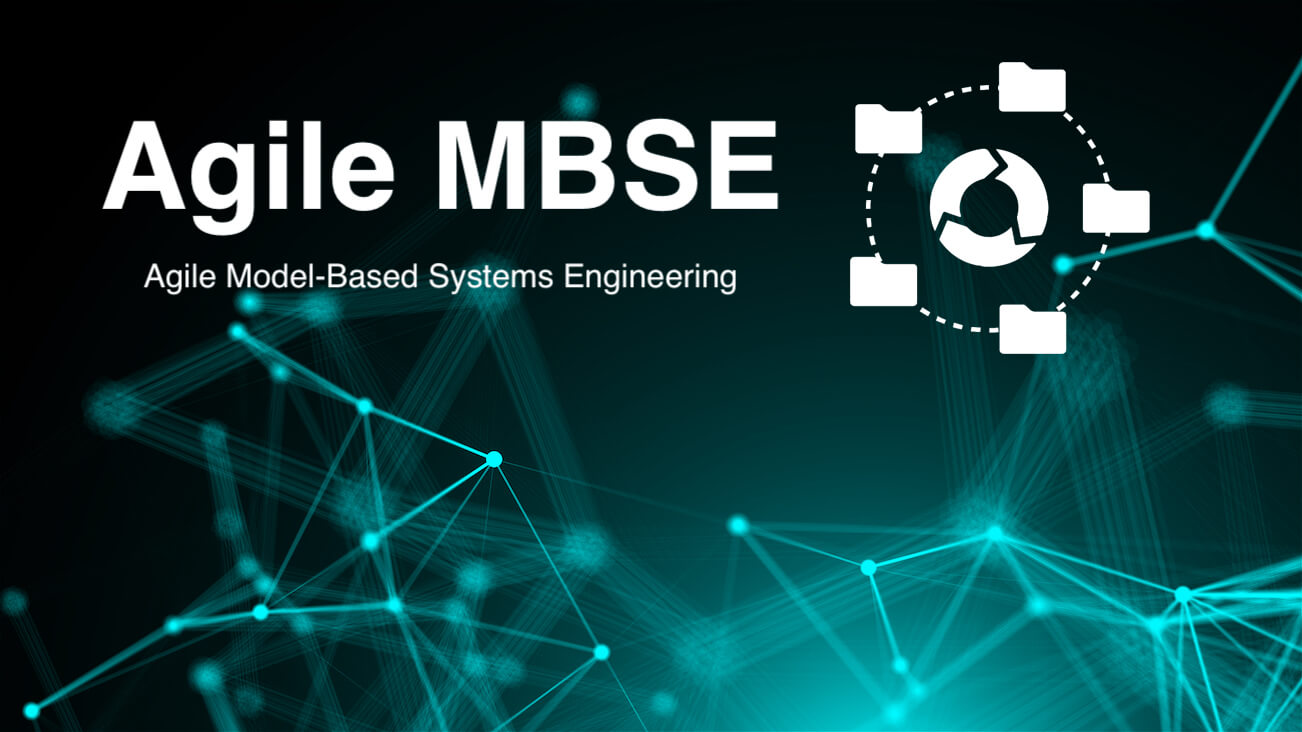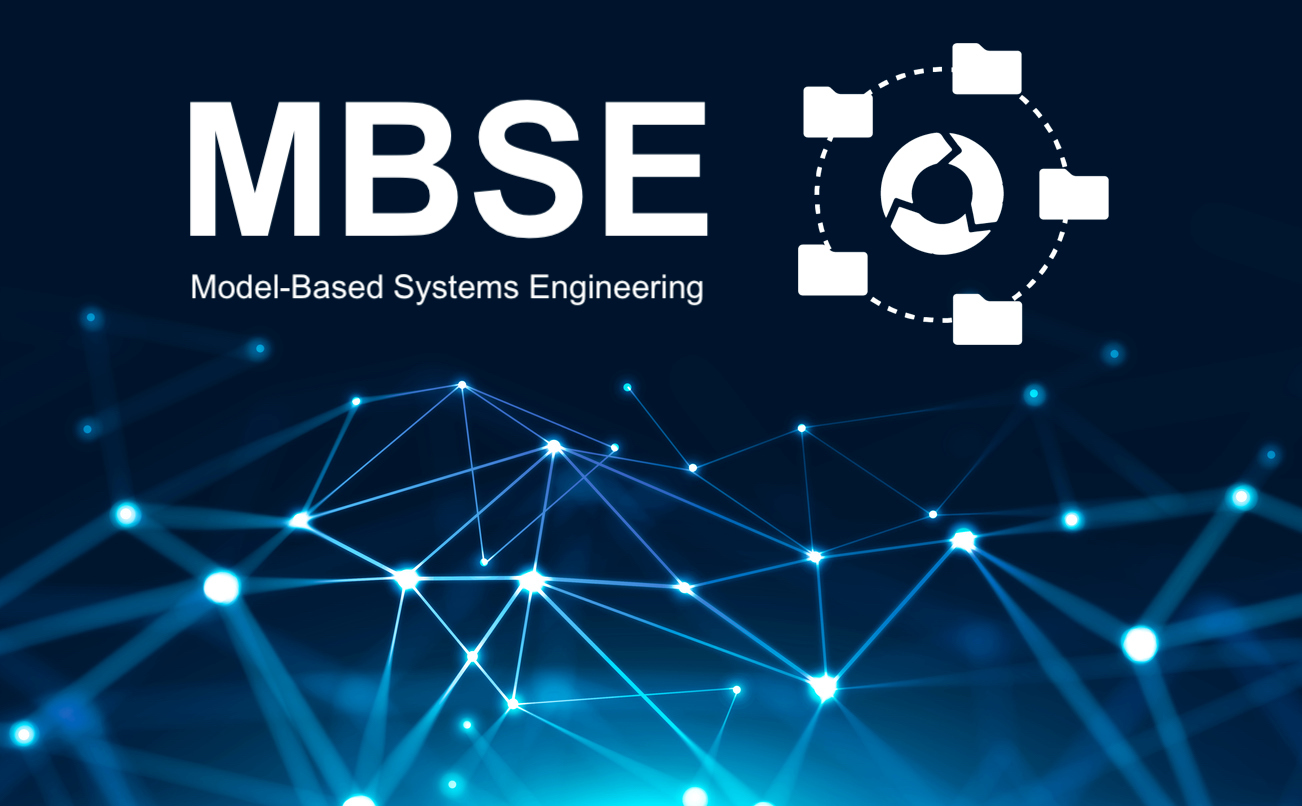This three-part story is about the first employment of an Intelligent Agent system on a U.S. Submarine in the year 2026. The scenario demonstrates how an Intelligent Agent can help solve a complex war-fighting problem by sifting through and interpreting tremendous amounts of data and thereby increasing the probability of mission success. The scenario provides a high degree of ambiguity, but the Intelligent Agent helps lift the fog of war by offering the commanding officer an Information Advantage.
Part Three: What an Intelligent Agent Brings to the Fight
Parts one and two of this blog series tell a fictional but realistic tale about a future submarine mission. These posts illustrate some of the features that an Intelligent Agent might have, and the role it might play in a future Commanding Officer’s tactical decisions. I foresee a future where an Information Advantage will not only be more important, but also more challenging to achieve for two reasons.
First, I envision a time very soon, when the U.S. will rapidly develop lightweight, expendable, lost-cost, unmanned sensors that can be globally deployed in support of national maritime aims. I illustrated this story with UUVs and UAVs only because these are the next generation vehicles under development and are easy to imagine, but the forms of near-future sensors are practically limitless. Further, it is certain that future vehicles, no matter what their form, will carry multiple sensors. The data volume from these future sensors will be incredible by today’s standards.
Second, our most significant global competitors are not sitting idle. They are strongly motivated to take a similar path and are already making significant inroads in cyber and sensor developments. There will be significantly more data to be mined, and it will be harder to achieve an Information Advantage over our competitors.
To meet this challenge, the time has come for a sophisticated Intelligent Agent program that can achieve and maintain an Information Advantage for our armed forces. Listed below are some of the characteristics and considerations for such a system that were illustrated by the story:
- An Intelligent Agent should be designed from the start with human users firmly in mind. The agent will actually be part of the team and regarded as an essential team member. It will not be human, of course, but it will certainly offer advice and respond to queries. It will be important for the agent to be intelligent, and also, to be trusted.
- The Intelligent Agent should synthesize the information from as many sensors as possible in order to bring a comprehensive and complete picture to the team. That said, it cannot overwhelm them with data. Much of the “thinking” and analysis of this data will have to be done by the agent, and presented to the team in a refined form that can be managed by human operators.
- We should anticipate that new ways of visualizing data that will be needed and discovered. The story illustrated this through density maps, but many other forms of data visualization are possible. One of the strengths of human cognition is its ability to recognize and interpret patterns in information. The Intelligent Agent will leverage this.
- Robust architecture will be a key enabler of the Intelligent Agent. The aim is not to replace sensor systems with a new piece of software, but rather to leverage existing systems in order to maximize the utility of this explosion of data in the decision making process. This will require an open and carefully designed architecture to receive and communicate seamlessly with legacy data systems. Additionally, we should expect that many organizations will have ideas for subsystems that will add features to the agent. Open architecture will unlock design creativity. Rite-Solutions has considerable experience in the design of robust and reliable open architectures similar to the one that will be needed for this system.
- We should anticipate that manned and unmanned vessels will be “seen” as “nodes” in this system. The result may be a significantly distributed cast of people from many disciplines, separated geographically, who will be brought together for missions. The idea of a team, while certainly still valid on ships, submarines, and aircraft, will need to be expanded to include humans not present and systems like the Intelligent Agent who behave like team members.
- The Intelligent Agent should be capable of learning. Over time, its experience will make it an even more capable, reliable, and trusted member of the team.
- One of the benefits of an Information Advantage is to uncover deception by our opponents. It is hard to lie while maintaining consistency with the facts as the Automated Information System deception in the story illustrated. Information Advantage can help humans find the “seams” in the deceptive story and to uncover it to their tactical advantage.
- One of the most important aspects of Information Advantage is that it helps to reduce safety risks to humans or to repurpose them for tasks where human judgment is essential. Fleet decision makers will use the Intelligent Agent to make risk tradeoffs between manned and unmanned systems. In the story, rather than have a manned submarine follow a vessel, it might attach a sensor instead, turning that part of the mission over to operators stateside, while the submarine goes on to its next important tasking. This might actually liberate manned systems for far more important human-centered work. Some of these tradeoffs will be financially driven. For example, it might make more fiscal sense to deploy a thousand low cost sensors in a region rather than to send a manned vessel in to cover the same area.
- Although the story illustrated a relatively unopposed interaction with a commercial vessel, a realistic application of the Intelligent Agent will include military systems across the full spectrum of combat. Having an information advantage will reduce our decision cycle times within those of opposing forces, allowing the application of force at the time of our choosing and to our strategic and tactical advantage.
Now is the time to begin development of an Intelligent Agent. We can’t afford to be surprised by the need for managing the deluge of data that is inevitable as new vehicles and sensors are fielded. Defense leaders must find the right path by leveraging small business innovation, low-cost, and nimble operations during development of an Intelligent Agent.
For a video presentation of this post please visit Information Advantage Demonstration: How An Intelligent Agent Increases the Probability of Mission Success






